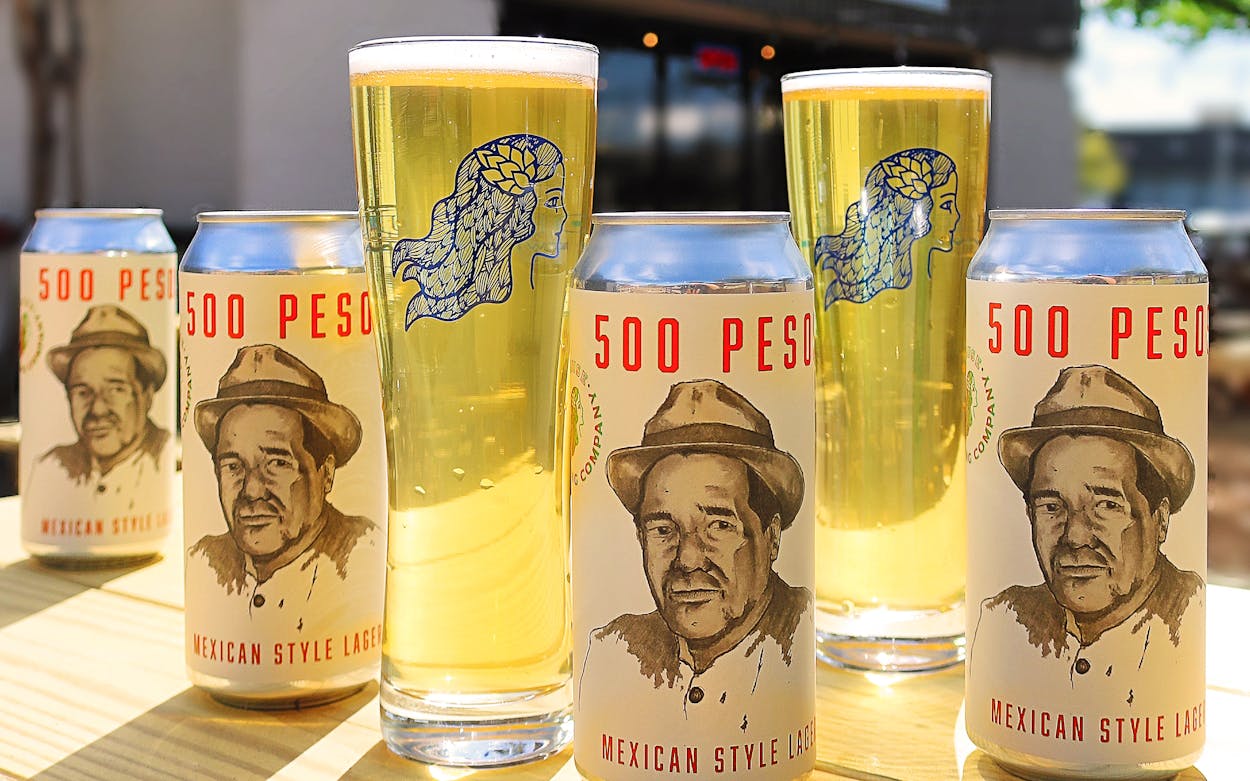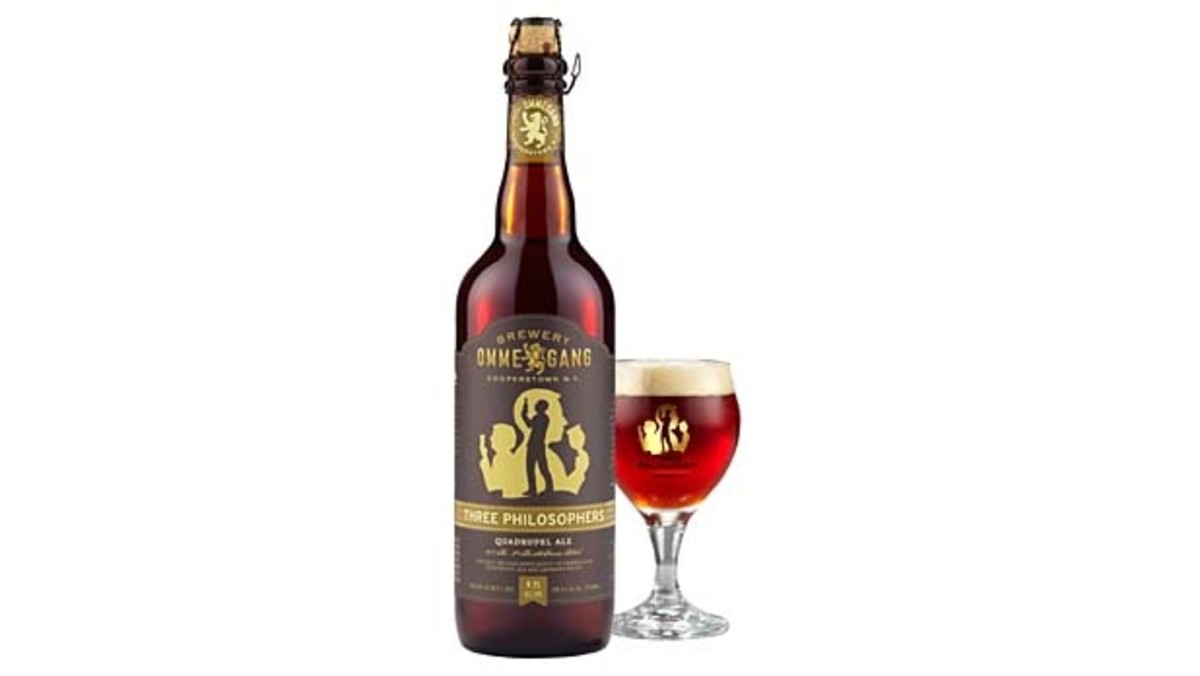Go to a Distillery in Galveston: Behind-the-Scenes Tours and Tastings
Go to a Distillery in Galveston: Behind-the-Scenes Tours and Tastings
Blog Article
Revealing the Keys of Craft Distillery Production: A Comprehensive Guide
Craft distilleries hold a wide range of understanding and experience that usually continues to be veiled to the informal onlooker. The intricate process of crafting spirits entails a fragile equilibrium of creativity and scientific research, with each distillery harboring its own set of techniques and trade secrets. As we start the journey to reveal the secrets behind craft distillery manufacturing, we will peel back the layers of practice and advancement that form the spirits we delight in. Join us as we discover the nuances of component choice, the proficiency of distillation, the secrets of aging, the advancement of taste profiles, and the lasting techniques that underpin this remarkable market.
The Art of Component Choice
When creating craft spirits, the thorough procedure of component selection plays a vital duty in forming the last top quality and character of the product. Distillers have to carefully think about each element that enters into their spirits, from the base grains or fruits to the botanicals and various other flavor representatives. The top quality of these ingredients straight influences the taste, aroma, and overall experience that the spirit will supply to consumers.
One of the crucial elements of ingredient option is sourcing top quality basic materials. Distillery in Galveston. Whether it's in your area grown grains, organic fruits, or unusual botanicals, using the very best feasible ingredients sets the structure for a premium end product. Craft distillers commonly focus on dealing with small farmers and providers who share their dedication to top quality and sustainability
Furthermore, the art of active ingredient option additionally involves understanding how different components connect throughout the purification process. Distillers try out various combinations and proportions to attain the preferred taste account and intricacy in their spirits. By grasping the art of ingredient choice, craft distillers can produce one-of-a-kind and exceptional products that stand apart on the market.
Understanding the Purification Refine

The meticulous option of top quality ingredients establishes the structure for craft distillers to grasp the purification process and produce outstanding spirits with one-of-a-kind flavor profiles. Nonetheless, real creativity depends on the distillation procedure itself. Grasping distillation calls for a deep understanding of the science behind separating alcohol from the base components to achieve the desired purity and flavor intricacy.
Craft distillers normally use pot stills or column stills, each offering unique benefits in the distillation process. Pot stills are known for producing spirits with abundant and durable tastes, while column stills succeed at producing clean and smooth spirits. Recognizing just how to leverage the staminas of each type of still is vital in crafting spirits that attract attention in terms of quality and taste.
Moreover, controlling factors such as stress, purification, and temperature level time is paramount in guaranteeing a successful distillation run. Tiny modifications in these variables can dramatically impact the end product. By very carefully checking and tweak these criteria, craft distillers can regularly produce spirits of exceptional quality and personality.

Secrets of Aging Strategies
Utilizing innovative aging methods enhances the deepness and intricacy of craft spirits, elevating them to exceptional degrees of elegance and refinement. Craft distilleries commonly experiment with different kinds of barrels, such as oak, cherry timber, or even ex-wine barrels, to impart distinct features to their spirits.

Furthermore, some craft distilleries employ innovative aging strategies, such as using sonic waves or accelerated aging techniques, to expedite the growth process without endangering the quality of the spirit. These innovative strategies enable distillers to develop exceptional aged spirits in a much shorter timespan, meeting consumer demand for high-grade products while maintaining the integrity of standard aging techniques.
Development in Flavor Growth
Cutting-edge methods to taste development in craft distilleries are revolutionizing the art of spirit production (Seawall Bar). Craft distilleries visit this site are significantly pushing the boundaries of traditional taste accounts by trying out one-of-a-kind active ingredients, non-traditional methods, and creative collaborations. One significant pattern is the revival of antique grains and in your area sourced botanicals, allowing distillers to craft spirits with distinct local tastes that catch the significance of their surroundings
Additionally, craft distillers are venturing right into barrel-aging experiments to pass on intricate flavors to their spirits in shorter durations. Strategies such as making use of smaller sized barrels, explore different kinds of timber, and leveraging alternative aging atmospheres add to the production of cutting-edge flavor accounts that challenge conventional aging norms.
In addition, the increase of innovation in taste development can not be neglected. Craft distilleries are harnessing advanced equipment like rotating evaporators, vacuum distillation, and ultrasonic homogenizers to remove nuanced flavors from fruits and botanicals, bring about a brand-new frontier of possibilities in crafting exceptional and special spirits. This devotion to advancement in flavor development sets have a peek here craft distilleries apart in the competitive spirit market, attracting aficionados seeking unique sampling experiences.
Sustainability Practices in Distilleries
In the middle of expanding environmental worries and an increased concentrate on company responsibility, distilleries are increasingly taking on lasting techniques to decrease their eco-friendly impact and promote long-lasting ecological stewardship. Galveston Liquor. Sustainable practices in distilleries include a range of initiatives aimed at decreasing energy usage, water usage, waste generation, and general ecological influence
One trick aspect of sustainability in distilleries involves power efficiency steps such as making use of renewable resource sources like solar or wind power, carrying out energy-saving modern technologies, and optimizing production procedures to decrease power wastefulness. Water conservation is one more important area where distilleries are making strides by recycling water, applying water-saving innovations, and reusing water in different phases of manufacturing.
Moreover, waste monitoring techniques are being improved with recycling, composting, and waste-to-energy initiatives to minimize the quantity of waste sent out to garbage dumps. Some distilleries are likewise concentrating on sourcing regional active ingredients to sustain regional economic climates and minimize the carbon impact connected with transport. Overall, by welcoming sustainable methods, distilleries can not only lower their ecological impact but also add to a much more liable and sustainable industry.
Verdict
To conclude, the craft distillery production procedure includes careful ingredient selection, understanding distillation techniques, aging methods, taste advancement, and sustainability practices. By understanding and executing these keys, distilleries can produce distinct and high-grade spirits that stand apart in the market. Continual advancement and a commitment to sustainability are key aspects in the success of craft distilleries in today's competitive industry.
The detailed process of crafting spirits entails a delicate equilibrium of creativity and science, with each distillery harboring its own set of methods and profession tricks. As we get started on the trip to discover the mysteries behind craft distillery production, we will certainly peel back the layers of custom and development that shape the spirits we take pleasure in. Craft distilleries frequently experiment with different kinds of barrels, such as oak, cherry timber, or also ex-wine casks, to impart unique attributes to their spirits.Cutting-edge strategies to flavor advancement in craft distilleries are transforming the art of spirit manufacturing. Craft distilleries are utilizing innovative tools like rotary evaporators, vacuum cleaner distillation, and ultrasonic homogenizers to draw out nuanced tastes from fruits and botanicals, leading to a new frontier of possibilities in crafting outstanding and distinct spirits.
Report this page